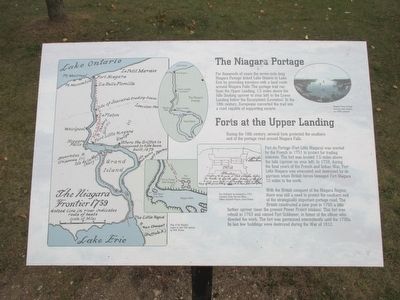Welcome to the Walnut Hill Historic District in New Britain, Connecticut, a neighborhood that stands as a testament to the city’s transformation from a rural community into an industrial powerhouse. This district offers a glimpse into the architectural and social history of a city that was once the epicenter of tool manufacturing in the United States.
The story of Walnut Hill begins in the mid-19th century, a time when New Britain was emerging from its agricultural roots. In 1850, the area was incorporated as a separate entity from Berlin and Farmington, setting the stage for industrial growth. Small metalworking shops gradually expanded, and by the late 19th century, New Britain had become a leading center for tool manufacturing.
As you walk through the district, you’ll notice the diversity of architectural styles, with the Italianate style being particularly prominent. This style reflects the city’s industrial boom during the 1850s and 1860s. One notable example is the David Nelson Camp House on Camp Street, a beautiful representation of Italianate architecture.
The district’s evolution is closely tied to Walnut Hill Park, which borders the neighborhood. Originally developed in the 1860s by the renowned landscape architect Frederick Law Olmsted, the park was part of an effort to beautify the city and provide a public space for relaxation and recreation. Over time, the park and the surrounding neighborhood became a hub for the community, hosting events and serving as a gathering place for residents.
The district is home to 145 structures of historical significance, each contributing to the understanding of New Britain’s architectural and industrial history. The Lutheran Church and the state armory on Arch Street, as well as the 1881 state normal school buildings on Hillside Place, are significant landmarks within the district.
Walnut Hill Historic District not only showcases the architectural evolution of New Britain but also tells the story of its industrial past, bringing to life the vibrant community that flourished here during the peak of its manufacturing era.



